SOHAR SPECIAL
In Expansion Mode

Voltamp Power’s world-class manufacturing facility in Sohar is one of its kind in the region. Abdullah Said Al Badri, CEO of Voltamp Group, talks about the company’s plans to foray into new markets and upgrade the design and manufacture of its power transformers based on the latest technologies. Excerpts from an interview
As one of Oman’s leading manufacturing companies, how is Voltamp becoming instrumental in the growth of Sohar as Oman’s industrial, logistics and manufacturing hub?
Voltamp Group spread its wings to Sohar by setting up Voltamp Power in 2011, catering to the growing demand for power transformers, primarily in Oman and the entire GCC region. Voltamp Power is the first and only company in the GCC to manufacture and supply 160MVA and 125MVA of 132KV class power transformers. The company’s world-class manufacturing facility in Sohar is one of its kind in the region.
Over the last eight years, we have supplied more than 500 power transformers across the GCC and in Yemen. In 2018, we signed a technology collaboration agreement with Tatung of Taiwan for the design and production of 220KV and 400 KV class power transformers. The collaboration with Tatung has opened up new opportunities for upgrading the design and manufacture of power transformers based on the latest technologies. Today we are equipped to manufacture a complete range of pole mounted to the extra high voltage power transformers up to 500MVA and 220KV class. Oman Electricity Transmission Company (OETC) has given us the approval to manufacture these capacities.
The collaboration is particularly beneficial to the GCC region because it supports the manufacture of world class products at local competitive prices. Close on the heels of it, in early 2019, we signed an agreement with an EPC contractor of a mega project in Kuwait to provide 100 units of power transformers, to be executed in one and a half years.
How is your vision aligning with the Sultanate of Oman’s national strategy for manufacturing?
We are one of the leading manufactures in Oman. As many as 60 per cent of our products are exported to the various countries in the GCC as well as the wider MENA region. One of the main reasons why we set up the facility in Sohar was logistics advantages such as the proximity to Sohar Port and easy access to other GCC counties as well as other export markets. A substantial chunk of our products are exported via roads and the port in Sohar creating great opportunities for the growing logistics sector in the region.
Our business plans and ambitious growth plans align with the government’s strategy for the manufacturing sector. We accord to priority to provide training and generate employment opportunities for the national workforce. Currently, as many as 35 per cent of our employees are Omanis. We have 568 employees working across our operations, while the number of employees in Sohar plant is 180. We are giving a lot of opportunities to local Omanis to learn and upgrade themselves. We have on board several Omani engineers, production supervisors, technically skilled people and experts in other support functions.
Is there any expansion of the plant in the pipeline?
We are expecting an increase in demand in Oman as well as from other GCC markets, including the growing potential of solar energy. In addition, we are looking to foray into some new markets such as Egypt and Iraq as well as some selective North African and East African countries. Since all these bring us additional opportunities, we need to expand our production facility to meet the growing demands.
What are the challenges facing Voltamp in particular and the manufacturing industry in general?
One of the key challenges is related to the changing labour dynamics. As the manufacturer of an engineering product, we require specific expertise and highly skilled technicians. We are looking to develop a better mechanism to train Omanis and equip them with the right skillsets required to the specific industries, instead of relying on the expatriate expertise. We are also looking to collaborate with National Training Fund to ensure that fresh grads are getting the right training before joining us.
Sourcing materials is another area of concern. However, we are looking to diversify it and tap the local market, aimed at enhancing our contributions to in-country value. In addition, financing has become really expensive these days as there is a substantial increase in working capital financing.
Competition in the local market is another challenge. We take it as an opportunity to revisit our product from design, material sourcing and production efficiency perspectives.
Given the current economic condition, the country is giving more emphasis on generating in-country value. Local manufacturing companies should be given an opportunity to contribute to the various mega projects of national importance. This is an area where we want the regulators to support us. However, challenges bring with them new opportunities also so that people will start moving away from the comfort zone and think how they can do differently.
What is your future outlook?
Oman is now forging ahead with ambitious plans for renewable energy development. A portfolio of large-scale solar-based renewable energy projects is planned for implementation at key locations in the Sultanate. The first – dubbed ‘Ibri IPP’ Independent Power Project – is sized at around 500 MW and will be operational by 2022. This will be followed by ‘Solar 2022’ and ‘Solar 2023’, each of 500 MW, and due to come on stream by 2022 and 2023 respectively. These three schemes are planned for development in the wilayats of Ibri and Manah and Adam. There will be a number of others in Salalah. This all will bring a number of new opportunities to us as a local manufacturer. That is why we are looking for collaboration with international firms who can help us on this. Also the likelihood of interconnecting the northern Oman with the south in phases will bring in a lot of opportunities for connecting the potential new grid. Another positive sign is the developments taking place in Duqm. We are participating in all the projects there.
Our regional outlook is also very promising. There are major power projects coming up in Kuwait, Iraq and Egypt. There is huge demand for power infrastructure in Syria once the country is stabilised. In Africa, we are already working on a small project in Algeria and are looking for more opportunities in the wider north and east Africa.
-
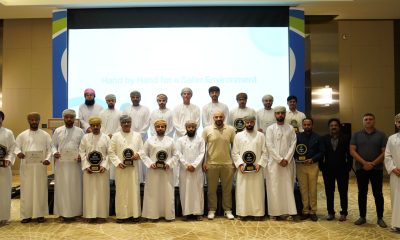
 Banking & Finance2 weeks ago
Banking & Finance2 weeks agoOman Oil Marketing Company Concludes Its Annual Health, Safety, Environment, and Quality Week, Reaffirming People and Safety as a Top Priority
-

 Economy2 months ago
Economy2 months agoMaal Card: What Oman’s New National Payment Card Means for Everyday Users
-
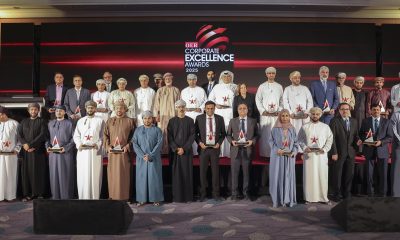
 Events2 months ago
Events2 months agoOER Corporate Excellence Awards 2025 Honours Entities and Innovations in Oman
-

 News2 months ago
News2 months agoSheikh Suhail Bahwan, Chairman of Suhail Bahwan Group, Passes Away
-

 News1 month ago
News1 month agoOIG Appoints New CEO to Lead Its Next Chapter of Excellence
-
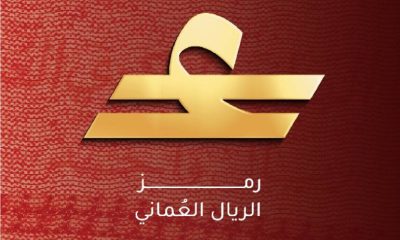
 Economy2 months ago
Economy2 months agoOman Unveils Official Omani Rial Symbol in Landmark Move to Boost Global Currency Presence
-
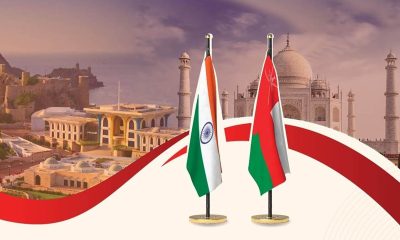
 News1 month ago
News1 month agoReport: How India & The Middle East Are Exploiting Immense Economic Synergies
-
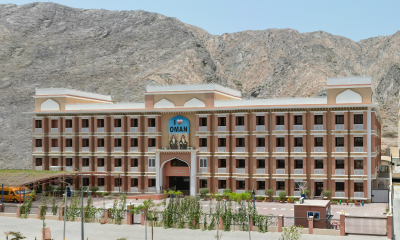
 Uncategorized1 month ago
Uncategorized1 month agoOman’s ISWK Cambridge Learners Achieve ‘Top in the World’ and National Honours in June 2025 Cambridge Series




























You must be logged in to post a comment Login